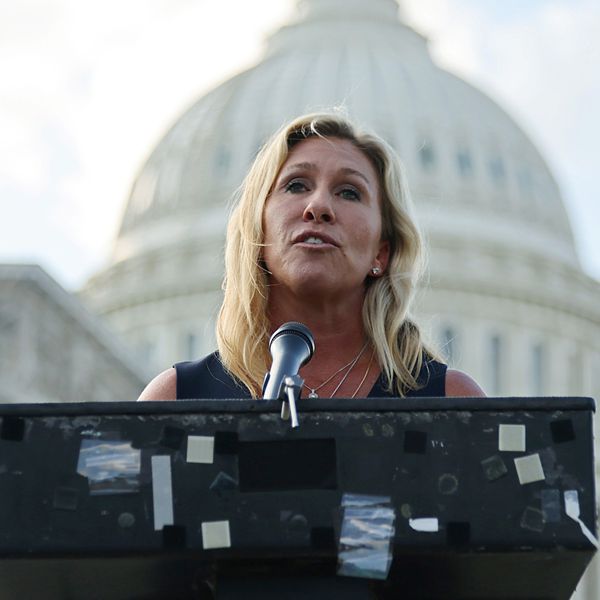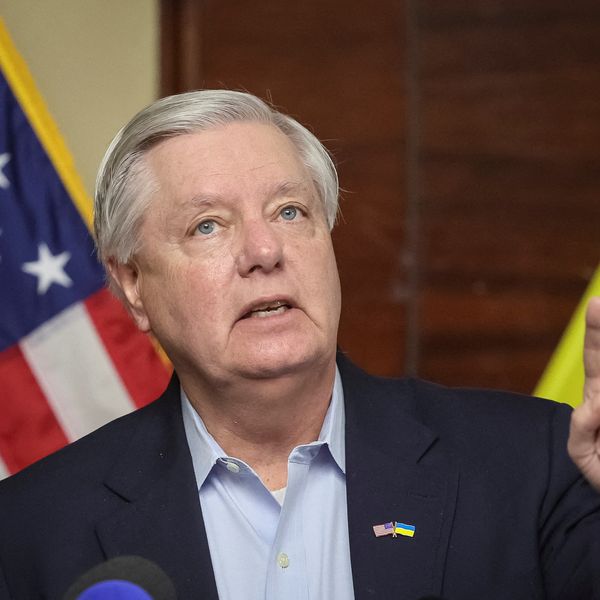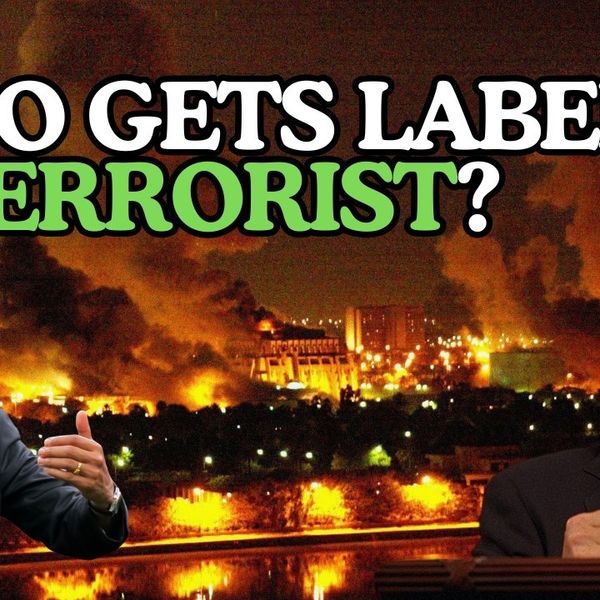The Israeli effort to eliminate or expel Palestinian residents of the Gaza Strip — an effort that has been apparent since early in Israel’s year-long military assault on the territory — is close to achieving its goal in the northernmost portion of the Strip.
Israeli officials have also let slip more indications that this is indeed their goal. Last week a brigadier general in the Israeli Defense Forces told Israeli journalists that in expelling residents from this area, which includes the city of Beit Lahiya and the Jabaliya refugee camp, the IDF had no intention of ever letting them return. The general added that Israel would allow no humanitarian aid into this portion of the Strip because “there are no more civilians left.”
An IDF spokesperson later tried to walk back the general’s comments, and the Israeli government has repeatedly denied conducting forced expulsions. But reports of what is happening on the ground, despite Israeli measures to impede press reporting from the conflict zone, are consistent with an ethnic cleansing campaign. Reporters from the Israeli newspaper Haaretz were able to confirm the forcible expulsions. Other reporting has confirmed an absence of aid entering northern Gaza, with the resulting prospect of famine.
The dominant images from northern Gaza are partly the ones that became familiar a year ago, of buildings reduced to rubble, and pictures of residents walking away from their homes with what few possessions they can carry. The latter images resemble those from an earlier Israeli ethnic cleansing of Palestinians—the Nakba of 1948.
Despite Israeli denials, what is happening appears to be a version of the “generals’ plan,” a proposal presented to Benjamin Netanyahu’s government in September and subsequently leaked. That proposal calls for cutting off supplies to the portion of the Gaza Strip in question and telling all who live there that they must leave or be considered combatants subject to attack.
Although the current focus of Israeli operations is in the north, much of what the Israeli military has been doing throughout the Gaza Strip during the past year has been consistent with ethnic cleansing. Those residents who are not killed outright — and the actual death toll amid the rubble is probably far higher than the running official count that is now at about 43,000 — are left with an unlivable wasteland. The Israeli assault has destroyed health care and educational systems and facilities, emergency services, and most other infrastructure needed for a community to exist.
Leaders of the Jewish settlement movement in the West Bank are eager to extend the settlements to the Gaza Strip. The generals’ plan has more of a security focus, with the idea of turning the part of the Strip from which Hamas launched its attack on southern Israel last year into an IDF-controlled buffer. With the Netanyahu government still subject to domestic criticism for allowing that attack, such an arrangement would be an “accomplishment” to point to despite the impossibility of ever achieving the declared goal of “destroying” Hamas, and despite that arrangement doing little or nothing to prevent other possible forms of Palestinian violence against Israel that are not duplicates of the October 7 Hamas attack.
Recent political changes within Israel have made Netanyahu’s government all the more inclined to press forward with the ethnic cleansing in Gaza. Netanyahu fired Defense Minister Yoav Gallant, who had favored a ceasefire that would include the return of remaining Israeli hostages and had said that there was “nothing left” for the Israeli military to do in Gaza. Netanyahu replaced him with Foreign Minister Israel Katz, widely considered to be a yes-man under Netanyahu’s thumb.
Netanyahu’s cabinet changes means he is content to remain reliant not only on the ultra-Orthodox parties who favor preserving a draft exemption that Gallant opposed, but also on extremists, such as national security minister Itamar Ben-Gvir, who have been explicit in calling for a Gaza with Jewish settlers and no Palestinians.
A political development in the United States — the election returning Donald Trump to power — also has given Netanyahu increased free rein to continue the ethnic cleansing. Trump’s record in his first term of giving the Netanyahu government almost anything it wanted made his win this month popular in Israel. Especially ecstatic about Trump’s victory were Ben-Gvir and fellow extremist minister Bezalel Smotrich, with Ben-Gvir declaring that given Trump’s return to office, “this is the time for sovereignty, this is the time for complete victory.”
Those trying to put a different and more peace-oriented spin on the implications of Trump’s win for Gaza, including some of the Arab Americans in Michigan who supported him, place hope in Trump’s repeated but vague claims that he will somehow end the current war in the Middle East. There is no doubt that Trump, like any other incoming president, would like to see this mess removed from his foreign policy plate as early in his term as possible. But seeking an end or partial end to the warfare says nothing about how it would end.
The other side of Trump’s first-term Middle East policy, besides extreme deference to Netanyahu, was uniform hostility to the Palestinians, ranging from closing the Palestinian diplomatic office in Washington to eliminating funding for the United Nations agency responsible for humanitarian aid to the Palestinians. During the presidential campaign, Trump used the term “Palestinian” as a slur in applying it to his then-opponent Joe Biden.
Trump will press Netanyahu to wrap up Israel’s assault on Gaza (as well as its offensive in Lebanon) sooner rather than later, but he will do so while saying and doing nothing on behalf of the Palestinians who live there. Trump’s publicly expressed preference is for Israel to “finish the job” in Gaza. The ethnic cleansing is a major part of “the job” in which Israel is currently engaged. Finishing it means completing the ethnic cleansing in the northern end of the Gaza Strip, even if that means putting off to another day the realization of more ambitious Israeli plans to empty the rest of the Strip of its Palestinian residents.
In addition to the obvious moral and legal issues involved, Israel’s ethnic cleansing in Gaza has other consequences for regional stability and U.S. interests. Violent Palestinian resistance to Israel will not end, even if it is conducted largely in exile. The extreme Israeli measures will only add to the anger and desire to strike back.
Given how Israel’s subjugation of the Palestinians has been the biggest single source of instability and violence in the Middle East — as demonstrated anew by how the current warfare in Lebanon and exchanges of fire between Israel and Iran grew out of the situation in Gaza — the extreme form of subjugation that is ethnic cleansing will sustain that larger instability.
Israel will become more of an international pariah as its actions become ever farther removed from anything that can plausibly be considered a just and appropriate response to the attack by Hamas last year. To the extent that the United States associates itself with those actions, through continued provision of arms and diplomatic cover, it will increasingly be a target of the international opprobrium. Specific consequences range from boycotts of U.S. businesses to terrorism against U.S. interests and citizens.














